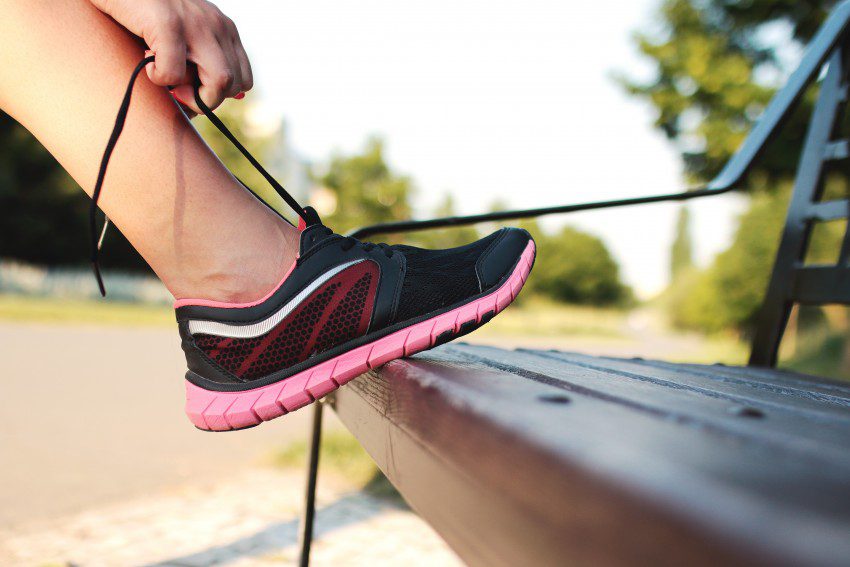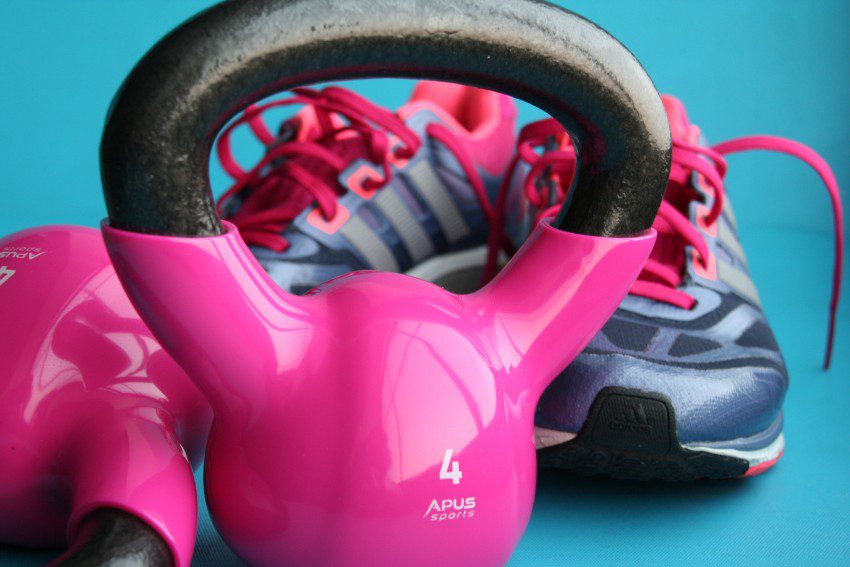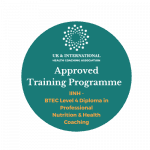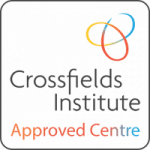Whatever your goal in the gym, you won’t be able to neglect your diet for too long. It’s quite evident that what you eat has a big impact on how you look, feel and perform, but when you eat is also extremely important. This is when ‘workout nutrition‘ comes in. Given that the time you put into your workout is largely wasted if you don’t make an effort with your diet, this ‘when’ becomes quite important so that you get the right kind of fuel to both manage your energy during the workout and then provide your body with the right nutrients to recover post training.
Fortunately, there is already a large body of research and knowledge around workout nutrition. What’s not so great is that the health and fitness industry has done a great job at taking this wealth of information and creating total confusion. But although it is a big topic to unpack, it’s also easier to understand than you may think.
What’s the optimal workout nutrition strategy?
First and foremost, we have to consider why you need to think about workout nutrition at all. The primary goal is to fuel your training session and provide your body with vitamins, nutrients and building blocks to hydrate, preserve/build muscle, speed up recovery and boost energy.
What to eat?
The true (and terribly annoying!) answer is: ….well it depends. There are a lot of factors to consider, including:
- Are you a general gym goer or athlete;
- Your age;
- Are you a hardgainer or looking to lose weight;
- Are you training for performance or aesthetics;
- What kind of nutrition knowledge and/or budget are you working with;
- What kind of exercise are you doing presently, and so on
These things really matter and make a big difference, but let’s first move through a step-by-step guide on how to figure out your needs, based on your activity level, body type and current training.
Basic Steps
I guess the key takeaway is that the fitness industry is drowning in opinions. Take any magazine or website and you will see hundreds of fitness pros with their own opinion or specific results-guaranteed ‘formula’.

Truth is, there is never just ‘one way’!
Even scientific research can still be called into question for various reasons; for example, we now know that the studies that got everyone believing there is only a very tight window of opportunity to get your post-workout meal were not quite accurate.
Over the years, we have certain tried and tested principles that are now proven to be fairly universal, but at the end of the day, every individual is unique and any advice should be tested first, rather than being adopted without question. You just can’t get around this.
So let’s make this more practical now and look at some simple steps you can follow to figure out what you need.
Start by thinking about three things:
-
Your Current Diet & Lifestyle:
Are you training for a specific sport? Do you understand the basics of nutrition? Are you consistent? Do you know how to track macros? Is it necessary to get specific to reach your goals?
If you’re exercising for general fitness, health and/or weight loss the honest answer is that you probably don’t need any specific workout strategies when it comes to workout nutrition. Your primary goal is to support your training by ensuring you manage portion size and optimise nutrient intake to eliminate any deficiencies. What does this all mean? It means you need to meet the basics of good nutrition: good quality protein, a variety of vegetables, whole grains, nuts, seeds, healthy fats and fruits. And from there, it’s just rinse and repeat.
From this point, you can look to adjust from various angles and approaches. We will zone in on two: your body type, and the type of training you are doing.
-
Your body type:
Building on point one, a good starting point is to manage your diet based on your body type and this starts with figuring out what type you think you are; ectomorph, mesomorph or endomorph.
There are so many resources online to figure this out, but to sum up very quickly:
- Ectomorph: Your typical hard gainer, usually thin build, long limbs, small frame and struggles to gain weight.
- Mesomorph: The mid range curvy body type, athletic build. Somewhere in the middle. Narrower waist and wider hips
- Endomorph: Big boned, thicker joints, struggles to lose weight and generally bigger, stocky build.
Please note that this isn’t black and white and a lot of people fall somewhere in between. You just need a general idea.
So working from there you have your basic guideline for main meals as follows:
- Good quality protein like fish, poultry, meat, eggs or soy (1 palm for women, 2 palms men)
- At least 2 cups of colourful vegetables
- 1 tbsp good quality oil/fat
Based on your body type, we can adjust this basic guideline as follows:
- Ectomorph: Usually more carb tolerant and so can add 2 (3 for men) cups of cooked whole grains to the plate and 0.5 tbsp fat (1 tbsp for men)
- Mesomorph: For the mid range shape add 1 cup of whole grains (2 for men) and round up fat to 1tbsp (2tbsp for men)
- Endomorph: Usually less carb tolerant and more happy to run on fat. So add 0.5 cup cooked grains (1 cup for men) and 2 tbsp fat (3 for men).
This is a guideline only and to serve as your starting point from which you can adjust with trial and error.
Regardless of body type, your ability to handle carbs will change/improve depending on the type of training you are doing, which brings us to point three.

-
Your Training
The average person need only focus on food quality, adequate fuel and consistency, but if you are an amateur or professional athlete and have specific training goals and needs, it is best to focus a bit more to adjust the above to fit your programme. So an endurance runner or CrossFit athlete will have higher overall calorie and also carbohydrate needs, while a bodybuilder might need more protein, and so on.
Consider:
- How many hours of training you do per week and split across how many days?
- Is your training geared more towards cardio or strength?
- Are you training for performance or for aesthetics primarily?
- What is your caloric intake requirement and are you able to easily meet it?
If you want to move beyond just the basics and/or if you train over two hours per day, you need to look at workout nutrition in more detail. You may benefit from adding a shake/snack consisting of around 15 grams protein and 30 grams carbs as a start. However, the following simple steps might also help, bearing in mind this is only necessary if you are training for something specific and/or have performance-based goals:
- You can calculate your approximate caloric needs based on activity level via the simple BMR formula, like the one here: http://www.bmi-calculator.net/bmr-calculator/#result
- Using the guidelines in point number two, spend a week or so tracking your food intake in an app like myfitnesspal to get an idea of average caloric intake and macro split.
- At the end of the week, take some time to reflect on how you think you did and whether you felt energised during your training. If not, why not? Try to spot some basic patterns such as whether you are eating enough, skipping meals, missing a certain macronutrient etc.
- Finally, you need to adjust as you feel. This is a subjective exercise and takes a bit of work, so be patient.
Would you like to learn more about sports nutrition? Check out our Sports Nutrition To Fuel Performance specialised short course.











